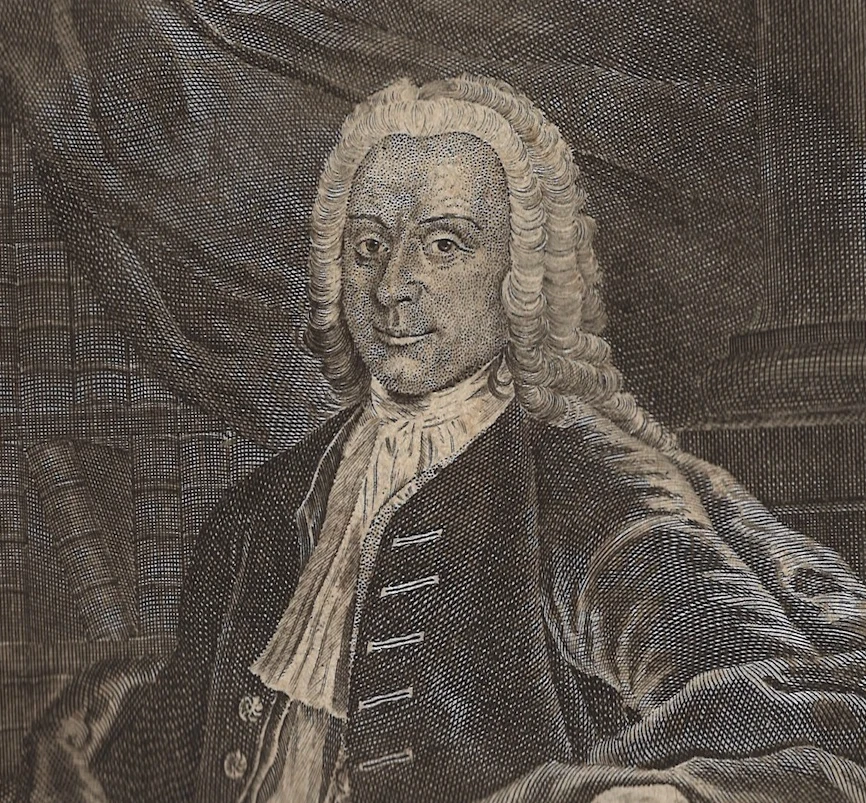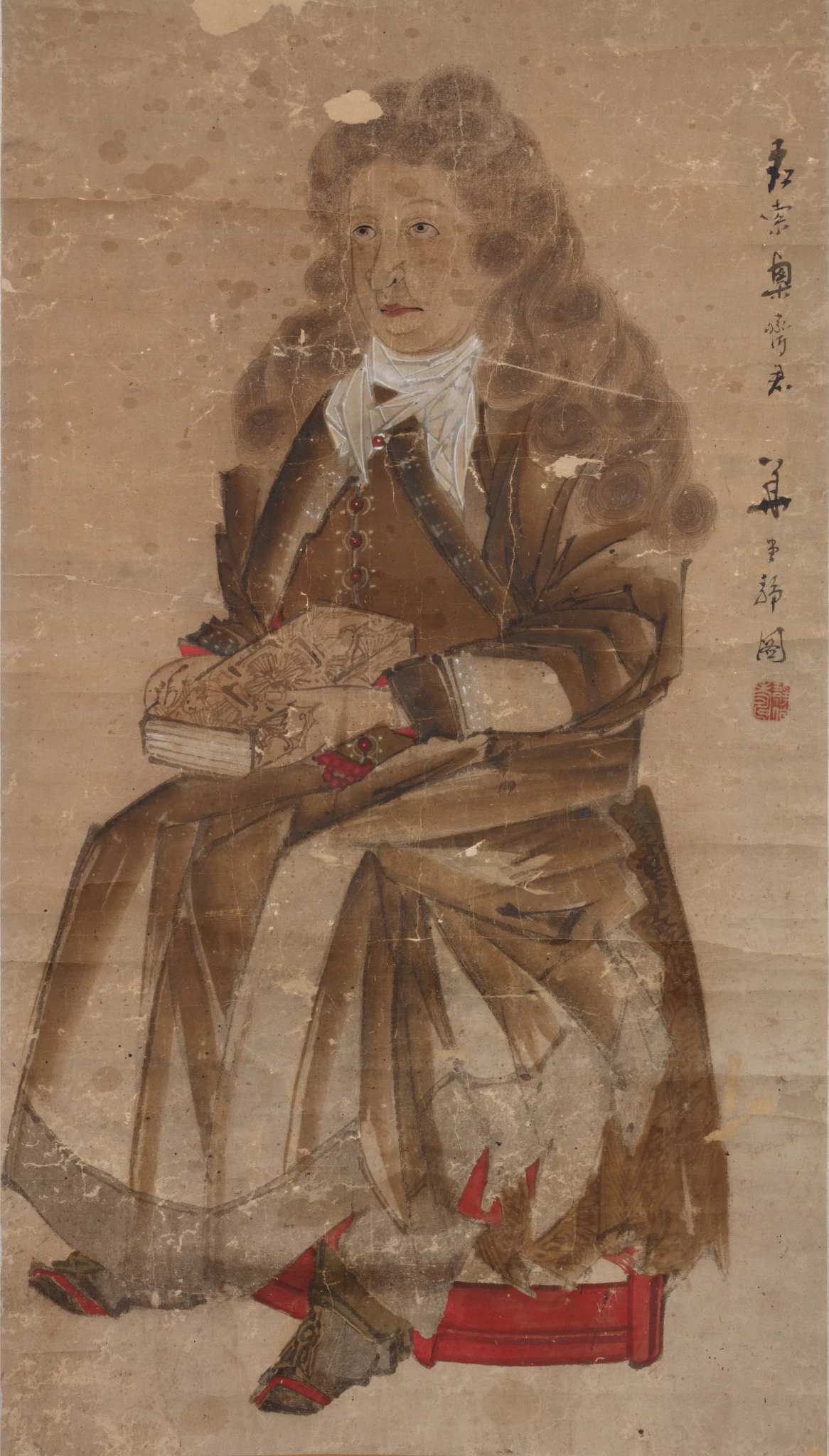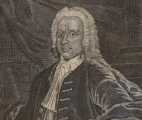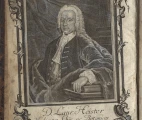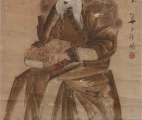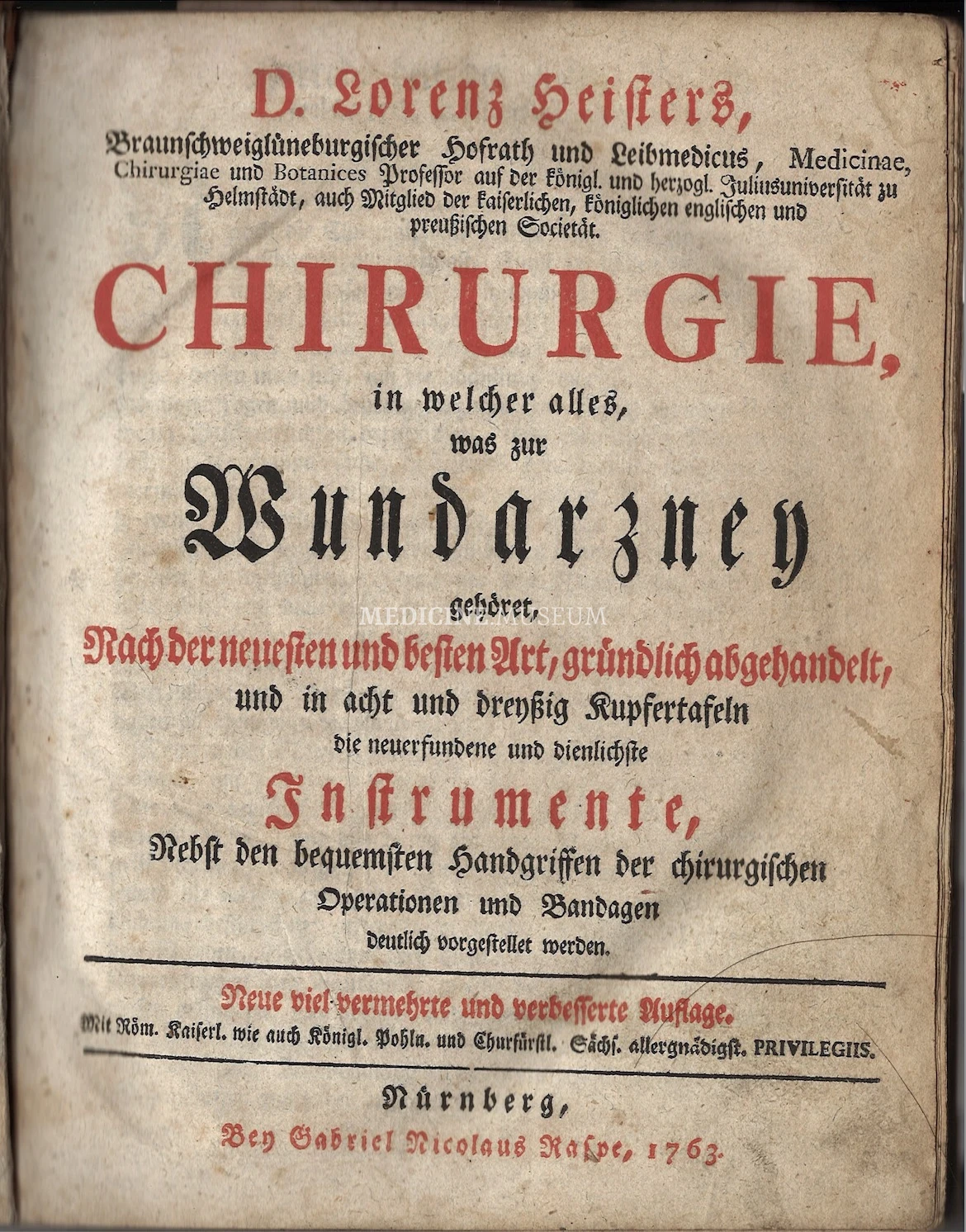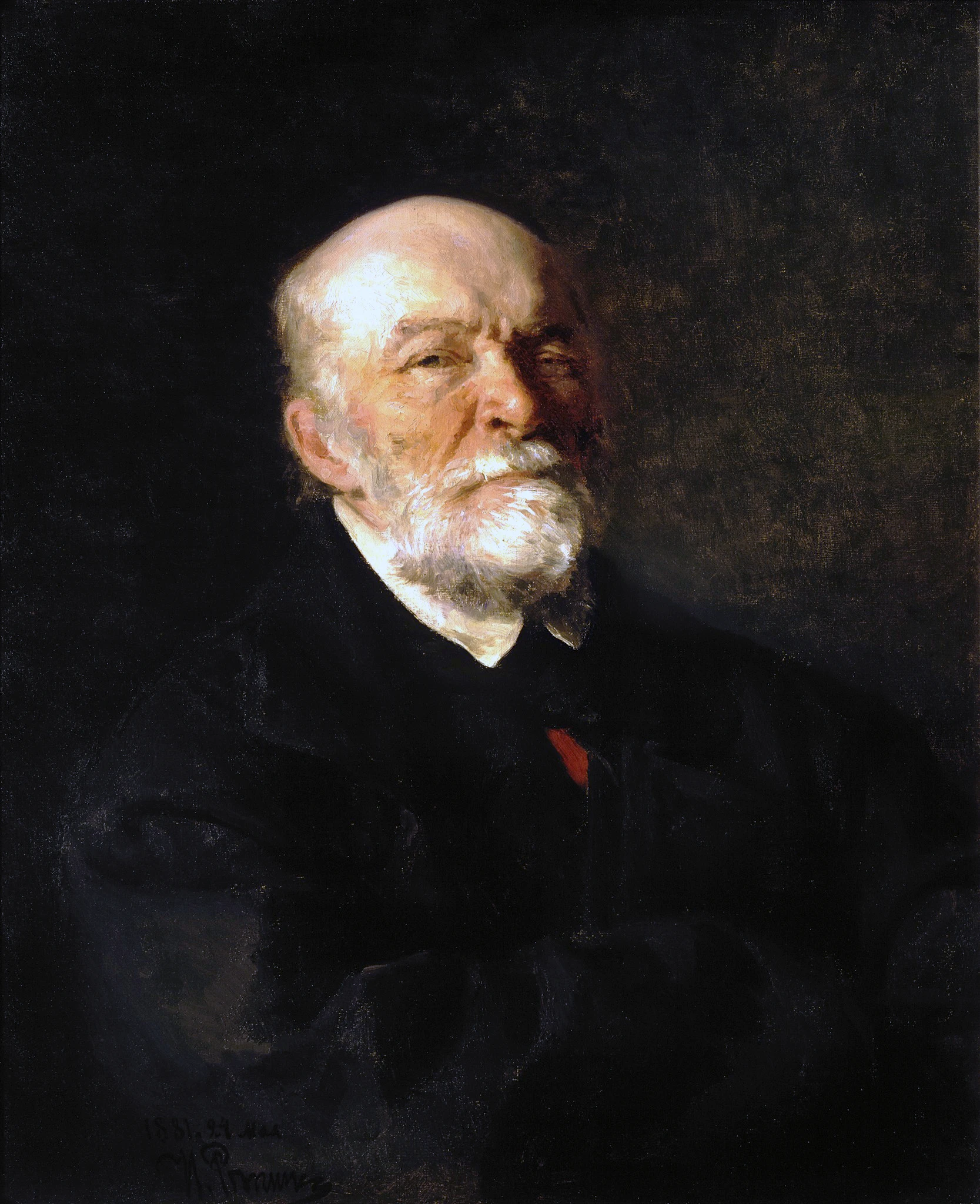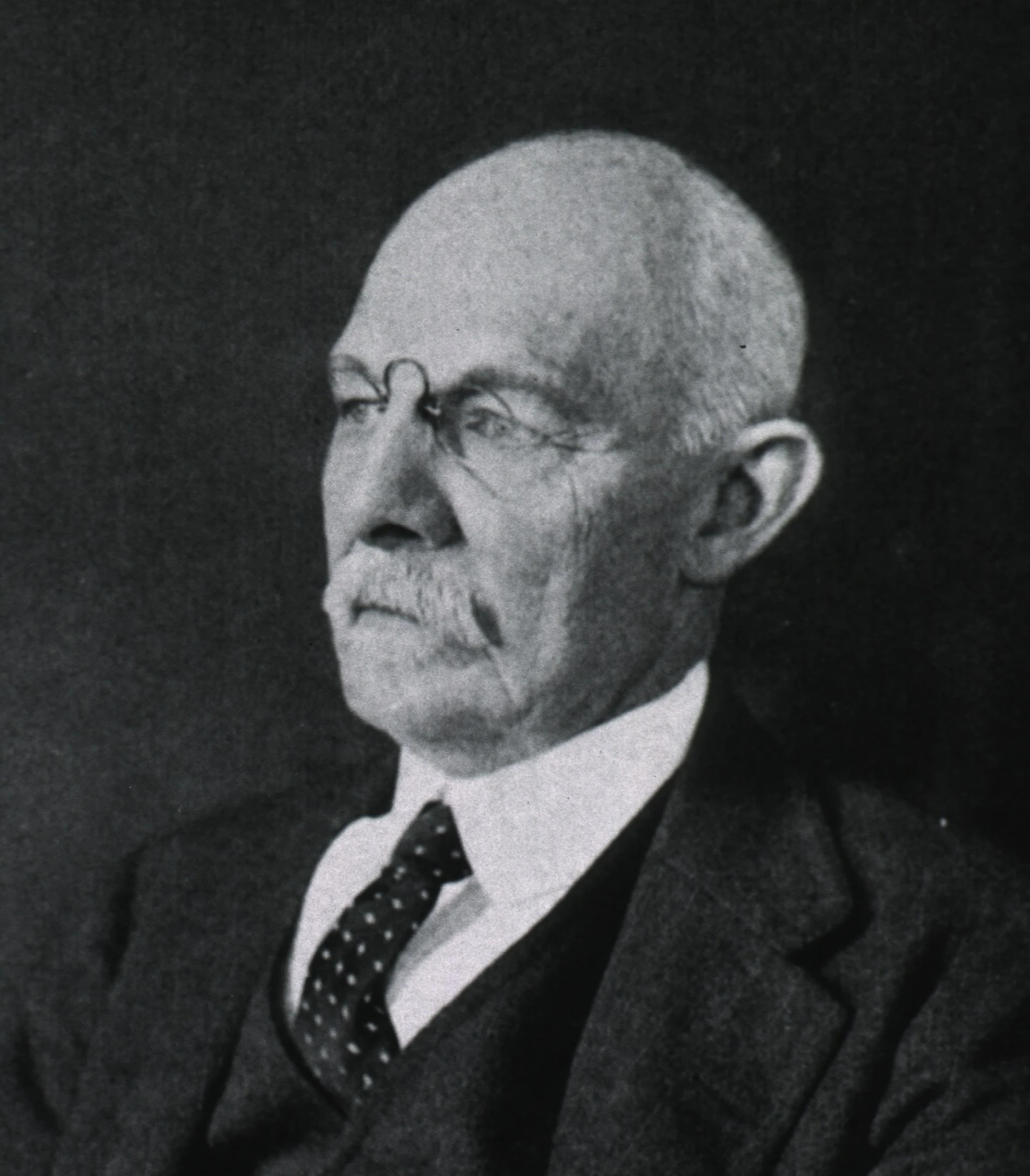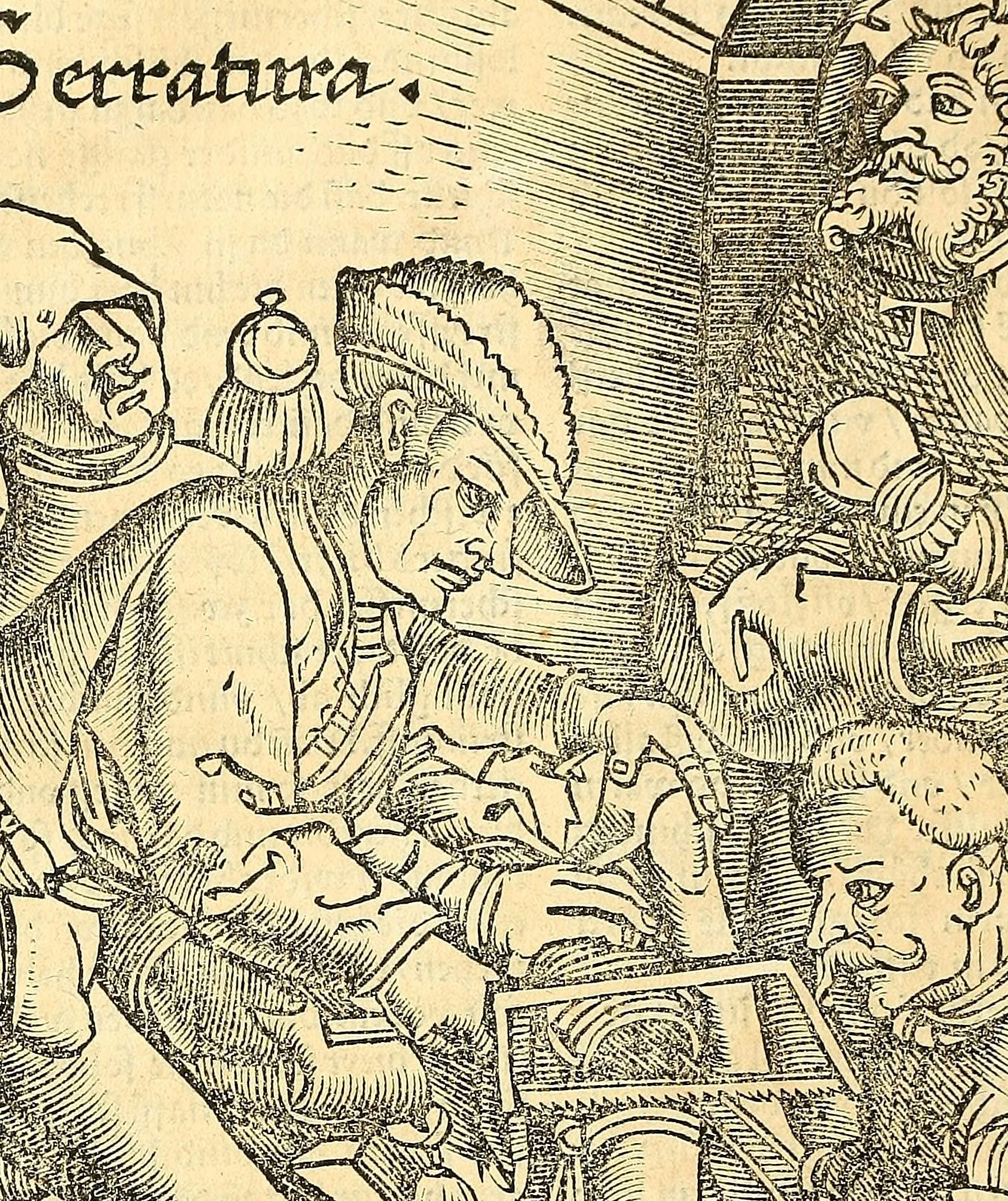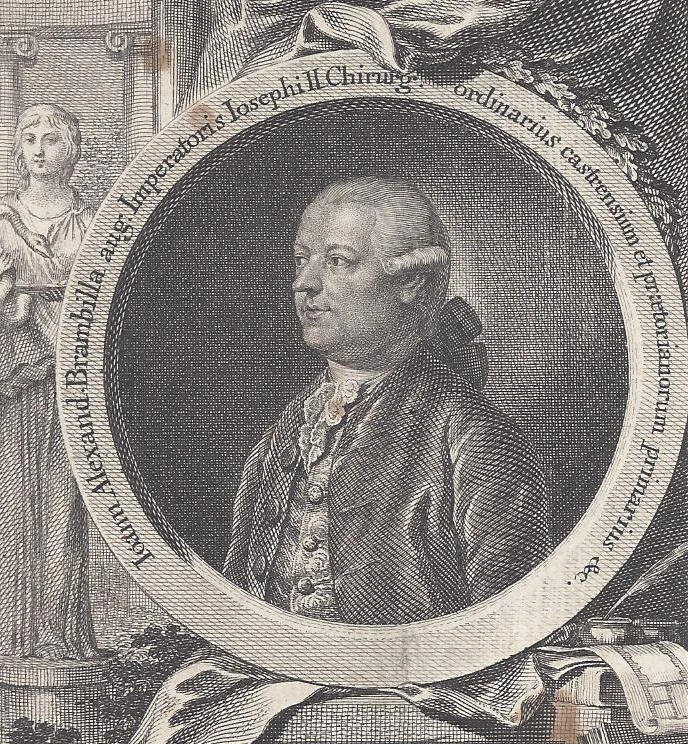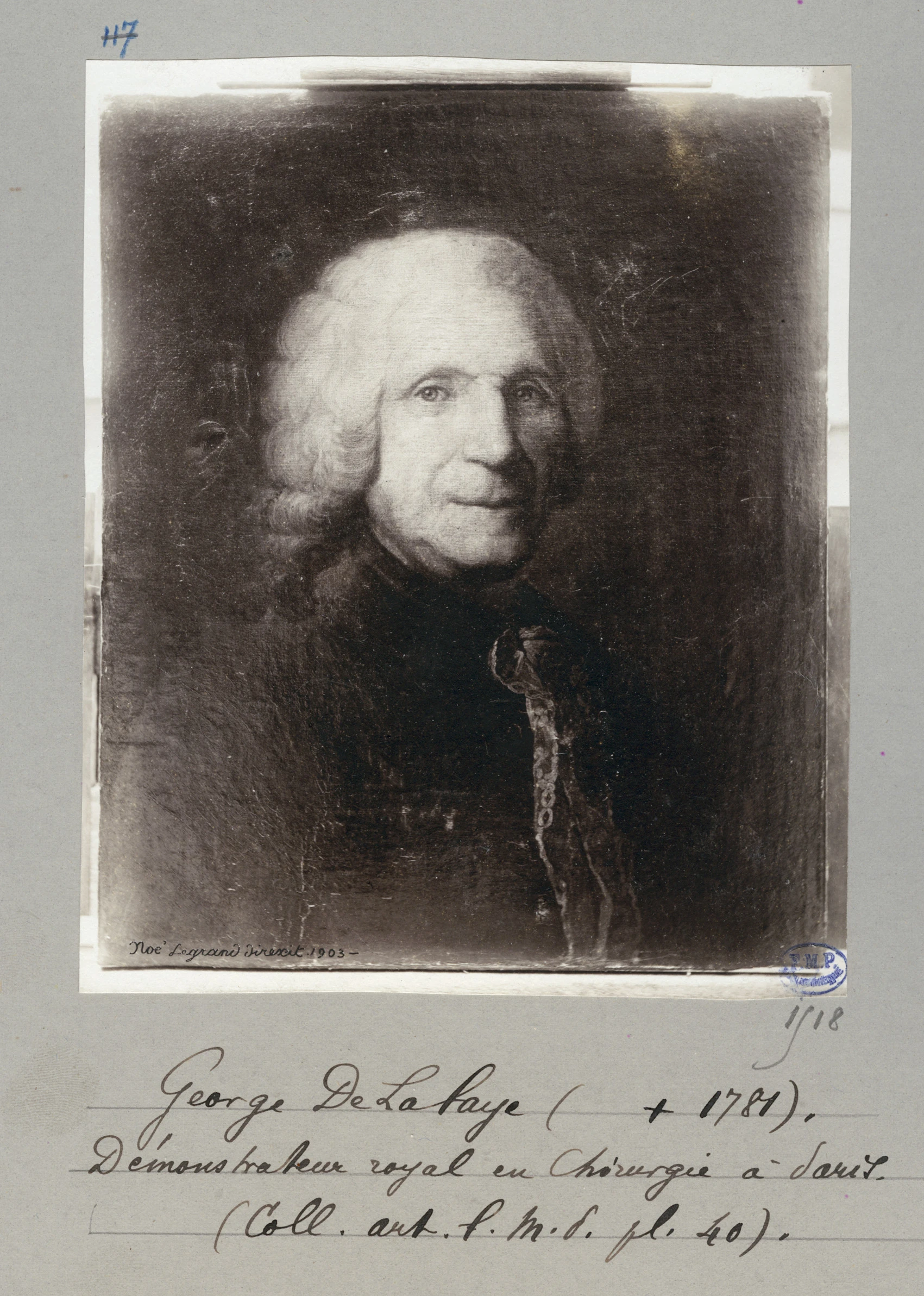Heister, Lorenz
Lorenz Heister (or Laurentius Heister in his Latin works), a prominent German general and eye surgeon, anatomist, Professor of Anatomy and Surgery at the University of Altdorf, Germany, left a lasting legacy through several outstanding achievements.
Important contributions of Lorenz Heister
Heister made significant contributions to surgical practice, particularly through his influential surgical books, which hold a place in medical literature comparable to the works of Ambroise Paré. His comprehensive work "Chirurgie…", richly illustrated and widely translated into all major European languages, Latin, and even Japanese, saw numerous editions within a period of one century (from the first in 1719 till the last in 1814). This book became a standard reference for generations of surgeons and physicians worldwide, playing a pivotal role in medical education and practice well into the 19th century.
He introduced the use of spinal braces and pioneered the technique of tracheotomy, which has saved countless lives by providing a means to access and secure the airway, invented a term "tracheotomy".
He conducted the first post-mortem examination of appendicitis, contributing to our understanding of this condition, its symptoms, and potential treatments. This groundbreaking work has had a profound impact on the diagnosis and management of appendicitis.
Heister's impact extended beyond his writings. He served as a dedicated educator, teaching anatomy and surgery to numerous students during his tenure at various universities. His commitment to teaching and mentorship helped shape the future of medicine by training a new generation of skilled surgeons and physicians.
Heister's extensive anatomical studies and dissections significantly contributed to the body of knowledge in anatomy and medicine. His meticulous observations and documentation advanced our understanding of the human body's structure and function.
Heister's vast collection included a library of over 12,000 volumes, a herbarium spanning 90 volumes, and 470 surgical instruments, many crafted from silver.
Short Biography of Lorenz Heister
Lorenz Heister, born to a lumber merchant, evolved into a notable figure in the field of medicine during the 18th century. His educational journey began at Frankfurt Gymnasium, supplemented with private lessons in languages. In 1702-1703, he studied at the University of Giessen, where he conducted his initial dissection of a male corpse. Later, he moved to the University of Wetzlar, completing his comprehensive medical education in 1706.
Subsequently, he continued his academic pursuits in Leiden and Amsterdam, where he immersed himself in botany and anatomy studies. Notably, Amsterdam was a hub for exotic plant research and practical anatomy.
In 1707, Heister served as an assistant physician during the War of the Spanish Succession, gaining valuable surgical experience. He furthered his studies in Leiden, learning from renowned scholars such as Bernard Albinus and Hermann Boerhaave. He obtained his M.D. from the University of Harderwijk in 1708.
Returning to Amsterdam, Heister provided anatomy lessons with cadaver demonstrations, catering to French and German-speaking students separately. He also served as a field surgeon during various military campaigns.
In 1711, he was appointed a professor of anatomy and surgery at the University of Altdorf, and later, in 1720, at Helmstädt. His teaching roles encompassed theoretical medicine, botany, and practical medicine, leaving a profound impact on his students.
Notably, Heister authored several influential books on anatomy, surgery, and medicine, which were translated into numerous languages, including English, French, Russian and Japanese. His work significantly contributed to the education of surgeons and physicians across Western Europe.
Bibliography
- Dissertatio inauguralis de tunica choridea oculi. Doctoral dissertation; Harderwijk, 1708.
- Oratio inauguralis de hypothesium medicarum fallacia et pernice. Inaugural lecture as professor of anatomy and surgery. Altdorf, 1710.
- De cataracta, glaucomate et amaurosi tractatio in qua multae novae opiniones & inventa contra vulgatas medicorum, chirurgorum, philosophorum nec non mathematicorum sententias continentur. Altdorf, J. G. Kohles, 1713. 368 pages. 2nd edition in Altdorf, 1720.
- Apologia et uberior illustratio systematis sui de cataracta glaucomati et amaurosi contra Wolhusi ocularii parisiensis cavillationes & objectiones itemque Parisiensis eruditorum diarii iniquam censuram. Altdorf, J. G. Kohles, 1717.
- Compendium anatomicum, veterum recentiorumque observationes brevissime complectens etc. Altdorf, 1717; 1719; 1727; 1732; Venice, 1730; Amsterdam, 1730. Translated into English, French, Dutch and Italian.
- Chirurgie, in welcher alles was zur Wund Artzney gehöret, nach der neuesten und besten Art, gründlich abgehandelt wird. Nuremberg, Nürnberg, J. Hoffmann seel. Erben, 1719, Format 4°, Pages: (16), 753, (23), Frontispiece, 22 folded double-sheet copperplates. ; Full title: Chirurgie, in welcher alles was zur Wund Artzney gehöret, nach der neuesten und besten Art, gründlich abgehandelt und In vielen Kupffer Tafeln die neuerfundene und dienlichste Instrumenten nebst den bequemsten Handgriffen der Chirurgischen Operationen und Bandagen deutlich vorgestellet werden. Title translation: "Surgery, in which everything pertaining to wound care is thoroughly treated according to the latest and best methods, and in many copper plates the newly invented and most useful instruments are clearly presented together with the most convenient methods of surgical operations and bandages."
- Further German editions: 1724; 1731; 1745; 1747.
- New and improved German editions: Dr. Lorenz Heisters, Chirurgie in welcher alles, was zur Wundarzney gehöret, nach der neuesten und besten Art, gründlich abgehandelt, und in acht und dreyßig Kupfertafeln die neuerfundene und dienstlichste Instrumente, nebst den bequemsten Handgriffen der chirurgischen Operationen und Bandagen deutlich vorgestellet werden. Nürnberg: bey Gabriel Nicolaus Raspe, 1763, 1770, 1779.
- Latin editions: D. Laurentii Heisteri. Institutiones chirurgicae. Janssonio-Waesbergios, Amstelaedami (Amsterdam), 1739; ibid 1750 / Franciscum Pitteri, Venetiis (Venezia), 1740; ibid 1750 / Cervone, Neapoli (Neapel) 1749 / Cathelli Longobardo, Neapoli (Neapel) 1759 /
- English editions: A general system of surgery in three parts. 2 volumes in 1. London, W. Innys, 1743. 1st English ed. Vol. I: xvi, 476 pp.; Vol. II: 338 [10] pp., 38 fold. plates. 24.8 cm. Later editions: London: J. Whiston, 1768.
- Italian editions: Instituzioni chirurgiche. 2 volumes. Venice: Presso Francesco Pitteri, 1765. Later Italian editions: ibid 1782, 1793.
- Spanish editions: Instituciones chirurgicas ó cirugía completa universal, Donde se tratan, con la mayor claridad, todas las cosas pertenecientes a esta Ciencia, tanto de las Doctrinas antiguas, como de las modernas. Ilustrada con gran numero de Laminas finas, y muy puntuales, que demuestran al natural todos los mas precisos Instrumentos, y Operaciones Chirurgicas. 1785. Madrid: oficina de D. Pedro Marin, en 4º menor, pasta española, 4 tomos, con 48 grabados fuera de texto. T 1 (1785): 542 pgs. T 2 (1775): 412 pgs. T 3 (1778): 510 pgs. T 4 (1781): 300 pgs.
- French editions: Institutions de Chirurgie. Avignon: J. J. Niel, Imprimeur-Libraire, 1770; Paris: Fr. Didot le Jeune, 1771
- Japanese edition: Geka shūkō in vol. 1 and vol.2 (Publisher [Edo] Habu Genseki, 1814) was originated from the Dutch edition of "Institutiones Chirurgiae". It was translated into Japanese by Ōtsuki, Genkan (1785-1837) and was focused mainly on fractures, amputations and desmurgy (bandaging). - Vindiciae sententiae suae de cataracta glaucomate et amaurosi adversus ultimas anidmadversiones atque objectiones etc. Altdorf, 1719.
- Oratio de incrementis anatomiae in hoc seculo XVIII habita. Inaugural lecture as professor of anatomy and surgery at Helmstädt. Hälmstedt-Nuremberg, 1720.
- Infantes pro diabolo olim suppositir habitos revera nihil nisi Rachiticos fuisse. Helmstädt, 1725.
- Epistola de morte Silii Italici, celebris poetae et oratoris, ex clavo insanabili. Helmstädt, 1735.
- Compendium institutionum sive fundamentum medicinae. Helmstädt, 1736. Translated into Dutch and German.
- Nachricht von dem Leben und Thaten des englischen Augenarztes John Taylor. Helmstädt, 1736.
- Institutiones chirurgica. Leiden, 1739. Latin version of his Chirurgie (1718).
- Compendium medicae practicae, cui praemisse est dissertatio de medicinae praestantia. Amsterdam, 1743. Translated into Spanish and German.
- Die Kleine Chirurgie oder Wund-Artzney, in welcher ein kurtzer doch deutlicher Unterricht und Begriff dieser Wissenschaft gegeben, auch die nöthigste hierzu gehörende Werckzeige in Kupffer vorgestellt werden. Excerpts from his Chirurgie. Nürnberg, Joh. Adam Stein and Gabriel Nicolaus Raspe, 1747; 1767; Leipzig, 1749; Latin translation, Amsterdam 1743; Geneva 1748; Dutch, Amsterdam 1764.
- Systema plantarum generale ex fructificatione, cum regulis de nominibus plantarum a Linnei longe diversis. Helmstädt, 1748.
- Anatomisch-chirurgisches Lexicon. Berlin, 1753.
- Descriptio novi generis plantae rarissimae et speciosissimae africanae ex bulbosarum classe Brunsvigiae illustre nomen imposuit. Brunswick, 1753. Translated into German.
- Medicinische, chirurgische und anatomische Wahrnehmungen. Rostock, 1753. Translated into English.
